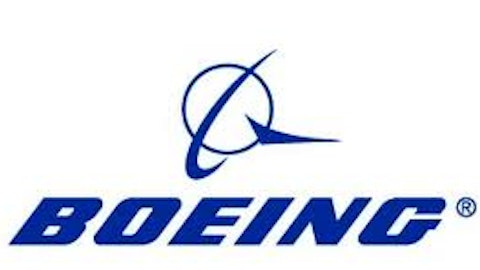Based on the relatively optimistic operating cash flow forecast of $25 billion through the end of the decade and this estimate of United’s future capex, the company would generate free cash flow of just $5.5 billion over that time period. United’s current market cap of $9 billion is therefore 11.5 times its average (estimated) annual free cash flow for the next seven years. This makes United look a lot more expensive than its P/E ratio would suggest.
Analysis
United Continental’s heavy investment cycle is due in part to underinvestment during United’s bankruptcy and the 2008-2009 industry downturn, but can also be attributed to management’s strong preference for new aircraft. While new aircraft offer fuel efficiency and maintenance cost benefits, the high upfront investment makes this strategy risky. Commercial aircraft have useful lives of 25-30 years, and changes in the competitive environment, fuel costs, and other considerations over that period of time could invalidate the original cost benefit analysis justifying a major aircraft order.
Unlike United, Delta has repeatedly shown an ability to do more with less capital. While United has committed aircraft expenditures of $10.8 billion over the next five years, Delta’s aircraft commitments are just $4.9 billion over that time period. This is part of an explicit strategy to maintain capex at moderate levels of $1.5 billion-$1.7 billion annually. (Moreover, Delta has consistently produced operating cash flow of $2.5 billion-$3 billion over the past three years, unlike United.)
Disciplined free cash flow management has allowed Delta to announce an intention to begin returning cash to shareholders next year. By contrast, United’s heavy capex plan means that it probably cannot follow suit. United has $6 billion of debt maturing in the next three years alone, which will probably soak up whatever minimal free cash flow the company manages to produce.
Conclusion
Delta’s strong cash flow profile sets it apart from many other airlines, particularly United. In a perfect scenario, wherein the airline industry flourishes for the next decade or more, patient United shareholders could see good returns, particularly if capex ramps down in 2020 and beyond. Knowing the turbulent history of the airline industry, this is probably wishful thinking. Poor execution or an industry downturn could easily wipe out all of United’s projected free cash flow for this decade. Delta’s consistent free cash flow production makes it a much more desirable investment opportunity.
The article United Continental May Have a Free Cash Flow Problem originally appeared on Fool.com and is written by Adam Levine-Weinberg.
Fool contributor Adam Levine-Weinberg owns shares of Delta Air Lines, is short Delta Air Lines Mar $14 calls, and is short shares of United Continental Holdings Inc (NYSE:UAL). The Motley Fool has no position in any of the stocks mentioned.
Copyright © 1995 – 2013 The Motley Fool, LLC. All rights reserved. The Motley Fool has a disclosure policy.


